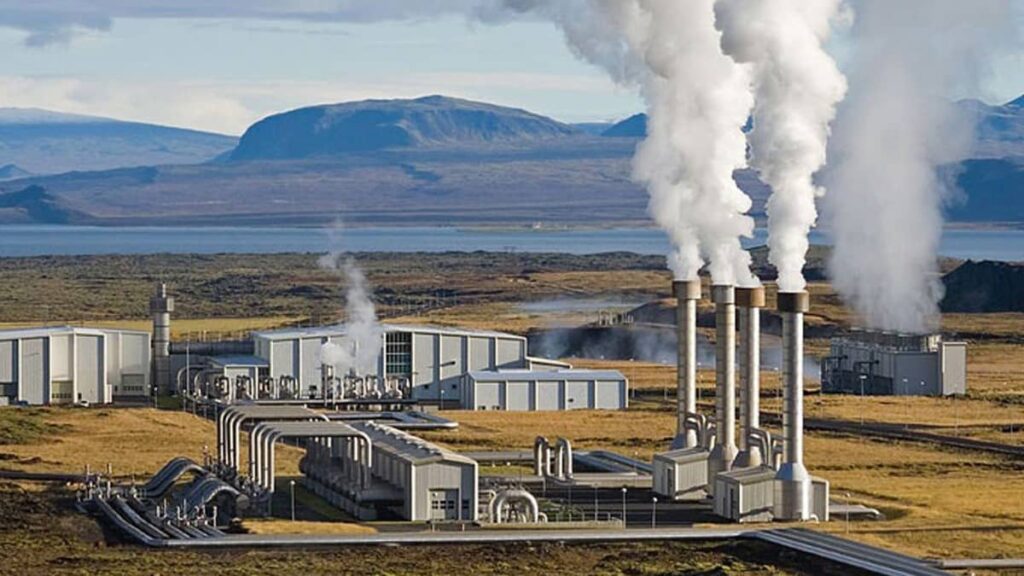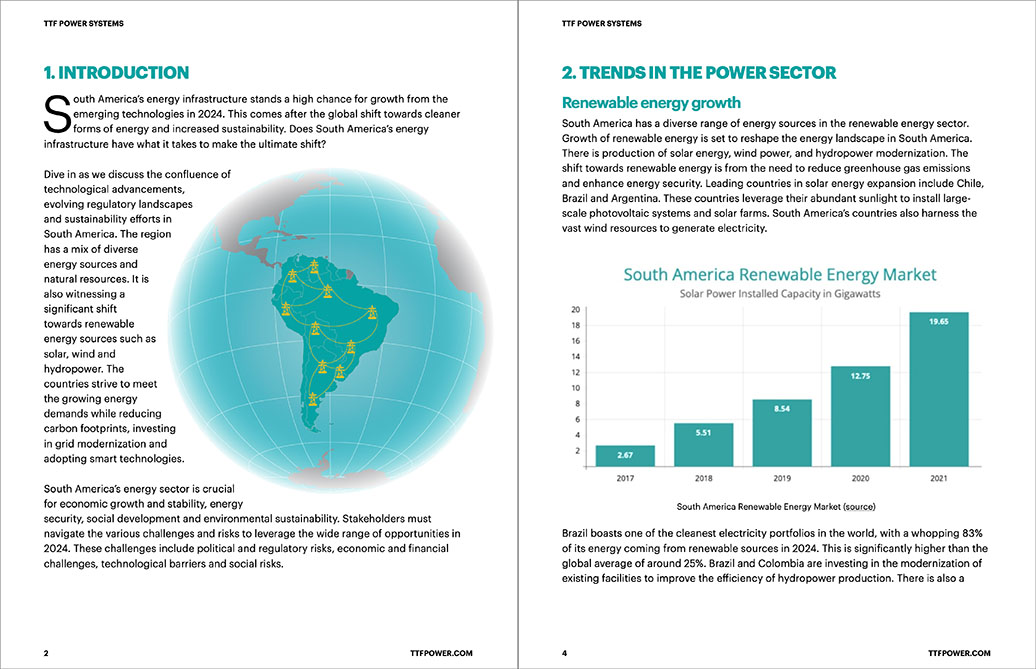
South America is already established in the amount of natural resources for energy available. Geothermal energy is a growing sector that produces clean energy from these resources. It is energy generated from heat emitted from the earth’s interior. This energy resource is promising in the region due to the abundant geothermal resources. There are abundant resources along the Andean volcanic belt. It stretches from Chile and Argentina to Colombia. Geothermal energy is consistent and reliable which reduces dependence on fossil fuels to mitigate climate change. Geothermal energy generation could provide a clean, reliable and sustainable energy source.
A slack span dead end is a specific configuration where a segment of the transmission line is left with reduced tension. The slack span provides flexibility in the line to allow for adjustments, maintenance and reduce mechanical stress. The dead end ensures the stability and security of the line at critical points.
There are current geothermal energy projects in South America that could revolutionize energy production. There is the Cerro Pabellon project in Chile which is the first and only operational power plant. It produces around 48MW of electricity and serves as a model for future projects. Other countries like Colombia, Argentina and Peru are exploring the source with several pilot projects. Governments are also recognizing the potential of this energy in contributing to a sustainable energy future. Their supportive policies and technological advancements could address the challenges faced in this production.
Sources of geothermal energy in South America
South America have significant geothermal potential due to its geological features. The feature is mainly concentrated along the Andean volcanic belt which runs through several countries in the region. It provides the high temperature conditions necessary for effective energy extraction. Geothermal energy contributes to a sustainable and diversified energy portfolio in the region. Exploration and development of this energy is through geological surveys, pilot projects and international collaboration. Slack span dead ends ease the termination process by allowing some slack before anchoring at the dead end structure. The following are the common sources of geothermal energy in South America.

- Volcanic activity – the Andean mountain range is a prime location for geothermal energy in the region. The high heat related to volcanic activity creates ideal conditions for geothermal resource development. Countries like Chile, Peru, Ecuador, Colombia and Argentina have significant geothermal potential.
- Geothermal gradients – regions without active volcanoes have geothermal gradients. This is enough to support geothermal energy production. Hot water reservoirs can support geothermal energy production.
- Hydrothermal systems – hot springs and geysers show the presence of underground hot water. This can also support geothermal power generation. Countries like Chile, Argentina and Bolivia have these resources with hydrothermal systems.
Role of geothermal in promoting energy sustainability in South America
Geothermal energy has great potential contributing to energy sustainability in South America. This is due to its renewable nature, reliability and low environmental impact. Geothermal energy provides low carbon and locally sourced energy supply. This provides economic, social and environmental benefits that lead to energy transition. Slack span dead ends allow for expansion and contraction of the conductors. This is due to temperature changes without causing excess tension. the following re the several ways this energy contributes to energy sustainability.

- Reliable and continuous power supply – the power plants can provide a continuous and stable supply of electricity. This makes it the best for baseload power to ensure steady energy supply. It also helps stabilize the grid and reduces need for backup power sources.
- Reduced greenhouse gas emissions – this energy has lower carbon footprint compared to fossils fuels. Using geothermal resources can reduce greenhouse gas emissions. It reduces dependence on fossil fuels thus promoting transition towards cleaner energy mix.
- Energy independence – the energy relies on local resources which reduces dependence on imported fossil fuels. The energy mix diversification protects countries from volatile fossil fuel markets.
- Environmental benefits – these plants need less land compared to other energy sources. They can also use less water which reduces water concerns in the region.
- Technological advancements – advancement in technology can unlock geothermal potential in areas without natural hydrothermal resources. Combining geothermal with other renewable energy sources creates hybrid systems that maximize energy efficiency and reliability.
- Economic and social benefits – the development and maintenance of geothermal plants create job opportunities. They also bring infrastructure developments such as roads and communication networks.
